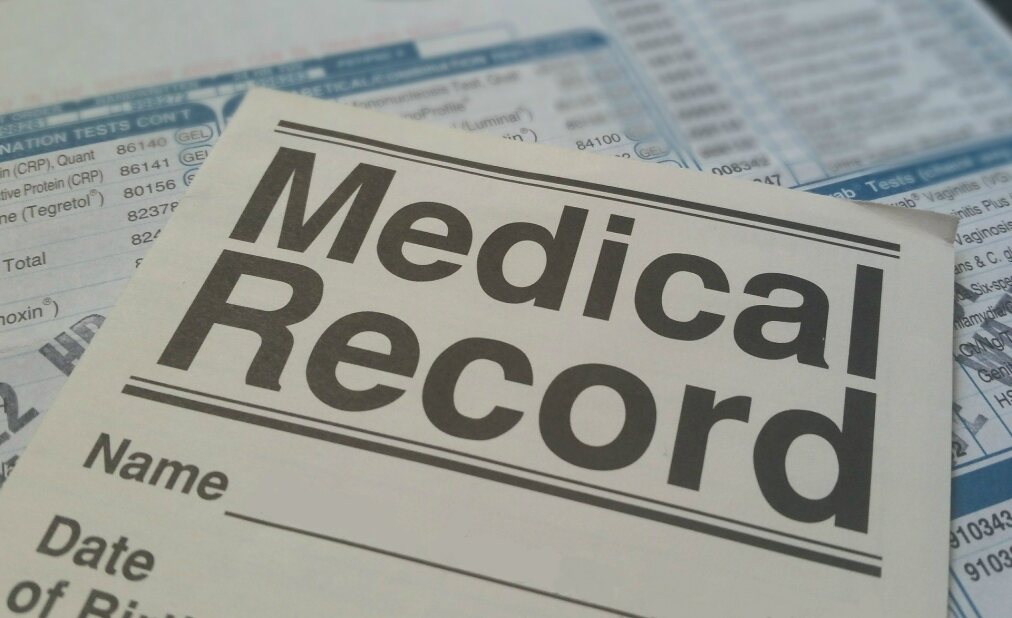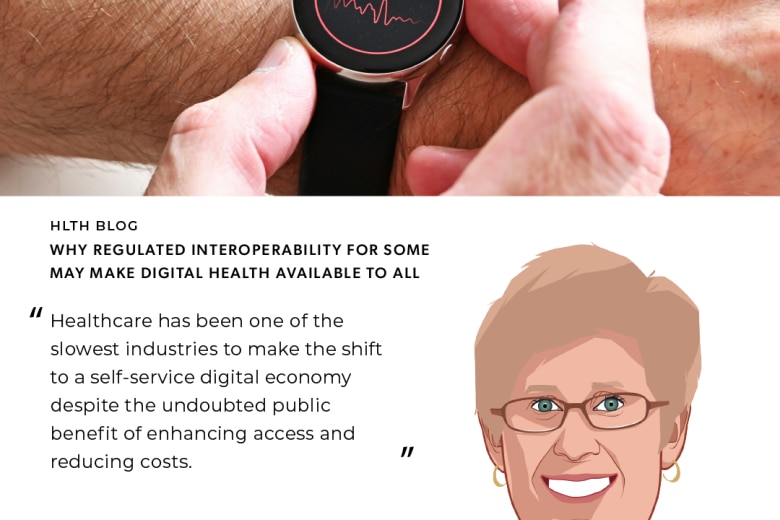When I was 8 years old, I recall riding through rural Kentucky with my great-uncle Dr. C. C. Howard. He would point to a farmhouse and say, “I took Mrs. Tompkins appendix out on the kitchen table there a few years ago.” He was a country doctor, a surgeon. And although he had built a hospital in our hometown, I realize now that even in the middle of the 20th Century much health care took place in the home; childbirth, even surgery. There was no medical record. No data. And post-op care was by family and neighbors.
The second part of the 20th Century saw the emergence of the hospital as the setting of much care and the locus of the rapidly advancing technology that enabled ever more complex and intensive care. And in the last quarter of that century the electronic systems that generated and stored the data necessary for what we now think of as modern medicine. This included the development of the electronic medical record to document care and organize the data of individuals. Those systems existed almost exclusively in hospitals and large clinics.
The need to connect the increasing number of departmental systems in hospitals led to the establishment of the standards development organization Health Level 7 (HL7) in the mid-1980s and the publication of the first electronic data standards for healthcare data. Those data standards developed in the late 1980s are still in use today. They were developed around the data systems in hospitals and clinics and, therefore, were designed to capture the data that was produced in these settings, and to identify the producers and consumers of that data: the healthcare professionals and supporting staff who delivered care in those institutions. The systems in a particular hospital or clinic were for the most part unaware of the identities and attributes of clinicians and caregivers outside that hospital. Family members and social contacts were recognized by their biological or legal relationship to the patient, but any role they might have as a member of the patient’s care team was not captured.
Now, we are two decades into the 21st Century. The changes in the domain of healthcare delivery in the US are profound. Over the past decade there has been a cataclysmic increase in the amount and sources of data created in healthcare. Most of you are likely aware of the observation that well over 90 percent of the electronic healthcare data in existence has been created in the past decade and the total data doubles every 2 years. Most of that data is created outside the electronic systems in acute care hospitals and ambulatory clinics for which our healthcare data standards were created.
The majority of care is once again being delivered outside the healthcare settings of the 20th Century in the home and in residential long term care facilities, by telehealth and as virtual care. Admittedly, surgery on the kitchen table has not returned, but the level of technology for care in the community and in the home is advancing rapidly. Home devices for monitoring patients, mobile and wearable devices that capture and transmit health data, therapeutic devices that were once used only in hospital settings, genomic sequencing labs and other diagnostic testing available to consumers independent of any healthcare facility or provider are all part of today’s healthcare data landscape. And much of the data generated was not envisioned by the existing healthcare data standards, nor were many of the human roles responsible for capturing, exchanging and using this data.
A decade ago, the healthcare data standards development organization Health Level 7 International began the development of a revolutionary data standard we now know as Fast Healthcare Interoperability Resources, HL7 FHIR. The FHIR standard was based on the concepts of web development that create an architecture for secure on-line data access across many electronic systems and devices. This technology is now widely accepted as the future of healthcare data interoperability. There is, however, a profound limitation of the FHIR standard to be fit for purpose for this interoperability of the 21st Century. That limitation lies in the guideline in development of the FHIR standard specification that calls for data represented in FHIR to be that data which is represented in eighty percent of existing electronic systems. That would be the same systems for which our 30 year old legacy data standards were developed around.
What does this mean? It means that the majority of data generated in health and healthcare today, data that is generated outside of traditional healthcare institutions and settings, is treated as an exception. Data such as genomic sequencing, data from the Internet of Things, data from social media and social systems, geolocation data, data from specialized diagnostic systems and from clinical trials and research is all treated as an exception.
Perhaps more importantly, the roles of family members and community members who are essential to the care and outcome of an individual as a patient cannot be represented at all. Family members and community members who manage technology that is more advanced than that which existed even in hospitals only 2 decades ago cannot be represented on a patient’s care team. A parent who manages a home ventilator; a spouse or adult child who manages home dialysis; or even a less advanced role, like changing wound dressings, cannot be represented because those roles can only be roles of health professionals.
It is time – past time – for us to reimagine healthcare data standards so that they align not only with the technology of today’s electronic systems but with current understanding of human physiology and disease processes both physical and behavioral. It is time to also align our healthcare data standards with the reality of health and care, most of which takes place outside those traditional institutions that even our most advanced healthcare data standards are confined in.




































